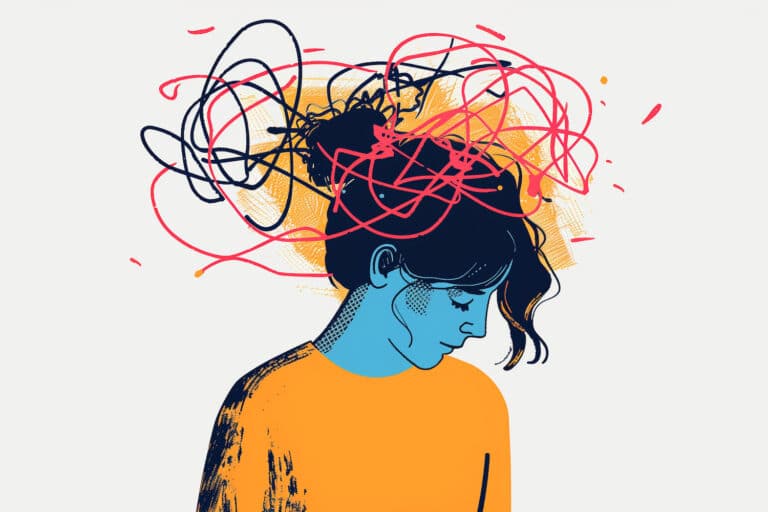Many of us have experienced emotional eating or overeating at some point. While these issues can be challenging to manage, they are not necessarily the same as binge eating. Today, we will explore the differences between emotional eating, overeating, and binge eating to help us better understand the causes, potential risks, and how to address these issues in our lives.
Emotional Eating Defined
According to a study on emotional eating (1), it is defined as consuming more food than usual in response to negative emotions. This behavior can be triggered by significant and minor life events, such as family, financial, and health issues. Emotional eating is often used as a way to cope with difficult emotions, to provide temporary relief, and as an escape from reality.
Is Emotional Eating an Eating Disorder?
Emotional eating is the consumption of large amounts of food in a short time, but it is not an eating disorder in and of itself. It is, however, a symptom of eating disorders such as binge eating or bulimia nervosa. Unless it is interfering with someone’s daily activities, emotional eating is not considered an eating disorder.
Overeating & Binge Eating
If someone has developed binge eating disorder, they may start to eat in secret, away from family, peers, and friends. This can be an indicator of the disorder, as they may feel like they are being judged by others. To hide their eating, they may consume food late at night or go to places like drive-thrus where they can eat without being seen.
In addition, binge eating disorder (BED) often includes feelings of guilt and regret for the overeating episode.
Risk Factors for Eating Disorders
Risk factors related to mental health and body image can begin during childhood. These risk factors involve not having a positive attitude towards or feeling comfortable with one’s own body shape.
The mental health risk factors may include:
- Anxiety
- Sadness
- Poor self-esteem.
- History of trauma
- Difficulty eating
- Negative body image
- Inflexible family dynamics
Management of Eating Disorders
You can use various treatment methods to manage eating disorders, such as psychodynamic therapy, education about nutrition, and learning to eat in a group setting, like in a psychosocial approach. In addition, providing a supportive atmosphere and medication are other approaches to eating disorder management.
Solutions to Emotional Eating, Overeating, & Binge Eating
Beginning in the womb, humans are exposed to food and nutrition. As teenagers and adults, some may experience difficulty in understanding how to interact with food. To prevent eating disorders, research (3) suggests that educational programs may be a viable solution.
Prevention programs had beneficial outcomes in the areas of:
- Knowledge of eating disorders
- Idealization of thinness
- Body dissatisfaction
- Dieting
- Negative affect (dysphoria)
- Eating disorder psychopathology
- Body mass index
Finding Hope & Recovery at Magnolia Creek
Magnolia Creek provides a supportive environment where compassionate healthcare professionals address and treat concerns relating to emotional eating, overeating, and eating disorders in a meaningful way.
If you, your teenager, or an adult family member requires help navigating the landscape of eating disorders, complete our contact form today — Magnolia Creek can help.
Resources
- Reichenberger, J., Schnepper, R., Arend, A. K., & Blechert, J. (2020). Emotional eating in healthy individuals and patients with an eating disorder: evidence from psychometric, experimental, and naturalistic studies. The Proceedings of the Nutrition Society, 79(3), 290–299. https://doi.org/10.1017/S0029665120007004




